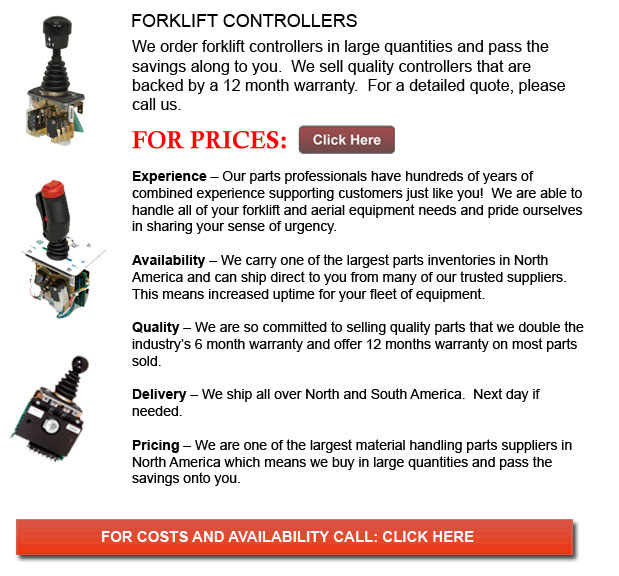
Controllers for Forklift - Lift trucks are accessible in several other units which have various load capacities. Most typical forklifts used in warehouse environment have load capacities of one to five tons. Larger scale units are used for heavier loads, such as loading shipping containers, may have up to fifty tons lift capacity.
The operator can use a control to raise and lower the tines, which are likewise known as "forks or tines." The operator could also tilt the mast to be able to compensate for a heavy load's tendency to tilt the blades downward to the ground. Tilt provides an ability to operate on uneven surface too. There are yearly competitions for experienced lift truck operators to compete in timed challenges and obstacle courses at regional lift truck rodeo events.
All forklifts are rated for safety. There is a specific load limit and a specific forward center of gravity. This essential information is provided by the maker and located on the nameplate. It is vital loads do not exceed these specifications. It is unlawful in lots of jurisdictions to tamper with or take out the nameplate without getting consent from the forklift manufacturer.
Most forklifts have rear-wheel steering in order to improve maneuverability. This is particularly helpful within confined areas and tight cornering areas. This particular kind of steering differs quite a bit from a driver's initial experience along with other motor vehicles. Since there is no caster action while steering, it is no required to use steering force in order to maintain a continuous rate of turn.
Another unique characteristic common with forklift operation is instability. A constant change in center of gravity takes place between the load and the forklift and they must be considered a unit during utilization. A lift truck with a raised load has centrifugal and gravitational forces which can converge to result in a disastrous tipping accident. In order to prevent this possibility, a lift truck should never negotiate a turn at speed with its load raised.
Forklifts are carefully built with a particular load limit used for the forks with the limit decreasing with undercutting of the load. This means that the cargo does not butt against the fork "L" and will lower with the rise of the blade. Generally, a loading plate to consult for loading reference is located on the forklift. It is unsafe to make use of a forklift as a worker hoist without first fitting it with specific safety equipment such as a "cage" or "cherry picker."
Forklift utilize in distribution centers and warehouses
Essential for whichever distribution center or warehouse, the lift truck must have a safe setting in which to accommodate their efficient and safe movement. With Drive-In/Drive-Thru Racking, a lift truck must go within a storage bay which is several pallet positions deep to set down or take a pallet. Operators are normally guided into the bay through rails on the floor and the pallet is positioned on cantilevered arms or rails. These tight manoeuvres need trained operators so as to complete the job efficiently and safely. In view of the fact that every pallet requires the truck to go in the storage structure, damage done here is more common than with various kinds of storage. Whenever designing a drive-in system, considering the size of the fork truck, together with overall width and mast width, need to be well thought out in order to make sure all aspects of an effective and safe storage facility.
![]() Click to Download the pdf
Click to Download the pdf
Forklift Parts
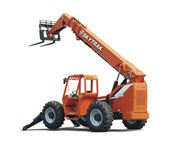
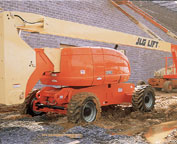
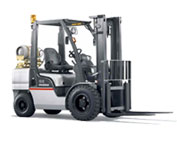
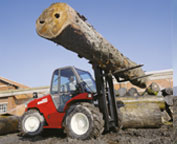
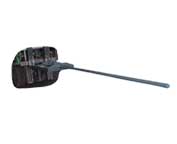
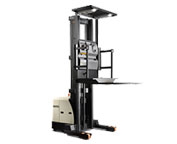
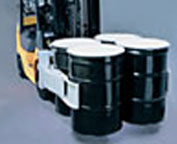
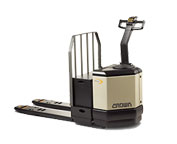
Lift Parts Express
TOLL FREE: 1-888-695-7994
LOCAL: 520-468-6001
2509 N Campbell Avenue Suite 388
Tucson, Arizona
forkliftpartstucson.com
Email Us
About Us


